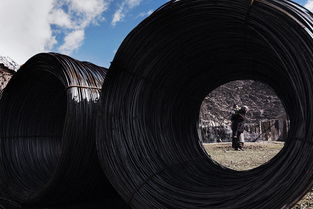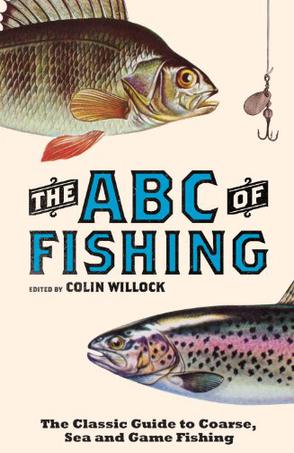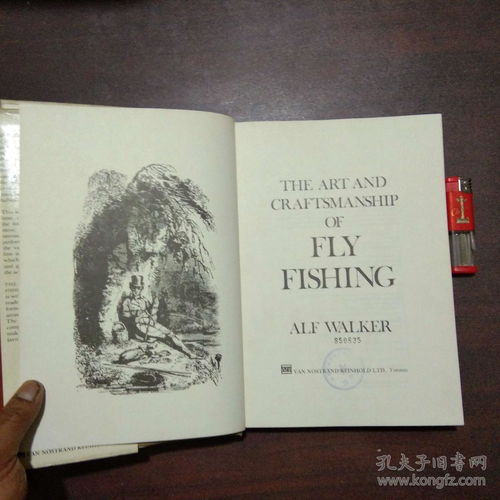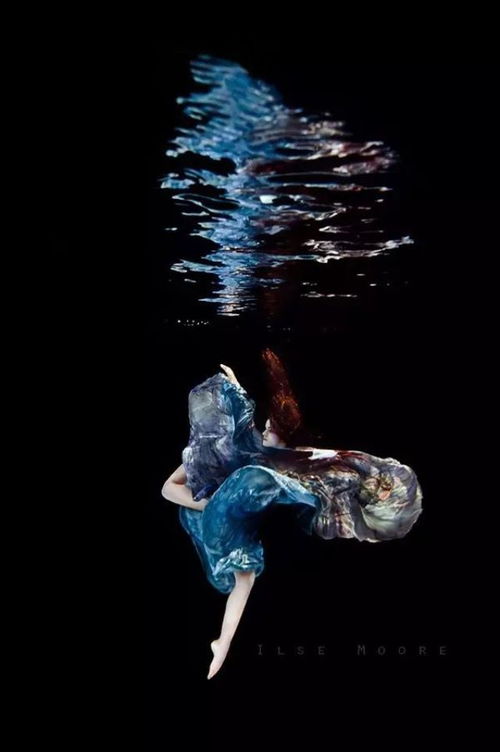Introduction:
Black shell shrimp, known for their rich flavor and nutritional value, have become a favorite among anglers seeking to enhance their fishing experience. These tiny creatures are not only a delicacy but also serve as an effective bait for attracting a variety of fish species. In this article, we will delve into the world of black shell shrimp fishing, offering you a comprehensive guide on how to cultivate, store, and use these shrimp as an effective fishing tool. So, let's dive in and discover the secrets to mastering the art of black shell shrimp fishing.
Choosing the Right Black Shell Shrimp Species
Before you embark on your black shell shrimp fishing journey, it's crucial to select the right species. The most popular black shell shrimp species for fishing purposes include the Pacific black shrimp (Pandalus borealis) and the Northern shrimp (Pandalus borealis borealis). These species are highly valued for their taste and are known to attract a wide range of fish.
Cultivating Black Shell Shrimp
Cultivating black shell shrimp can be a rewarding endeavor. Here's a step-by-step guide to help you get started:
- Select a Suitable Location: Choose a location with a clean and well-oxygenated water source. Salinity levels should be between 25-30 ppt.
- Build a Shrimp Pond: Construct a pond with a shallow end and a deep end. This allows the shrimp to move between the two areas, mimicking their natural habitat.
- Plant Aquatic Vegetation: Planting aquatic vegetation such as duckweed and water hyacinth can provide cover for the shrimp and improve water quality.
- Stock the Pond: Purchase young shrimp and introduce them to your pond. Ensure that the shrimp are of a suitable size and species for your fishing needs.
- Monitor and Maintain: Regularly monitor water quality, temperature, and salinity levels. Feed the shrimp a balanced diet and remove any waste or debris from the pond.
Storing Black Shell Shrimp
Proper storage is essential to maintain the freshness and effectiveness of black shell shrimp as fishing bait. Here are some storage tips:
- Immediate Refrigeration: After harvesting, immediately refrigerate the shrimp at a temperature of 2-4°C (35-39°F).
- Use of Bait Boxes: Store the shrimp in bait boxes or airtight containers filled with ice. This method helps to keep the shrimp cool and reduces the risk of spoilage.
- Regular Inspections: Regularly inspect the shrimp for signs of spoilage or disease. Remove any dead or unresponsive shrimp to prevent the spread of illness to the remaining shrimp.
Using Black Shell Shrimp as Bait
Once you have a supply of fresh black shell shrimp, it's time to learn how to use them effectively as fishing bait:
- Prepare the Shrimp: Remove the heads and tails of the shrimp to expose the meat. This can be done by cutting the shrimp in half lengthwise.
- Attach to the Hook: Thread the shrimp meat onto a fishing hook. Ensure that the hook is large enough to accommodate the shrimp and that it is sharp and well-garnished.
- Select the Right Fishing Technique: Depending on the species of fish you are targeting, choose the appropriate fishing technique. For example, you can use black shell shrimp as live bait on a fishing rod or as dead bait in a shrimp pot.
- Patience is Key: Black shell shrimp are known to attract a variety of fish, so be patient and wait for the bite. Sometimes, it may take a while for the fish to take the bait.
Safety and Environmental Considerations

While black shell shrimp fishing can be a thrilling experience, it's essential to prioritize safety and environmental responsibility:
- Use Appropriate Gear: Always use gear that is appropriate for the fish species you are targeting and ensure that your equipment is in good condition.
- Respect Nature: Be mindful of the environment and avoid disturbing or damaging marine life. Always follow local fishing regulations and guidelines.
- Practice Catch and Release: Whenever possible, practice catch and release to help maintain healthy fish populations.
Conclusion:
Black shell shrimp fishing is an art that requires patience, knowledge, and a deep appreciation for nature. By following the tips and techniques outlined in this article, you can master the art of black shell shrimp fishing and enjoy a rewarding and sustainable fishing experience. So, get ready to cast your line and let the adventure begin!












